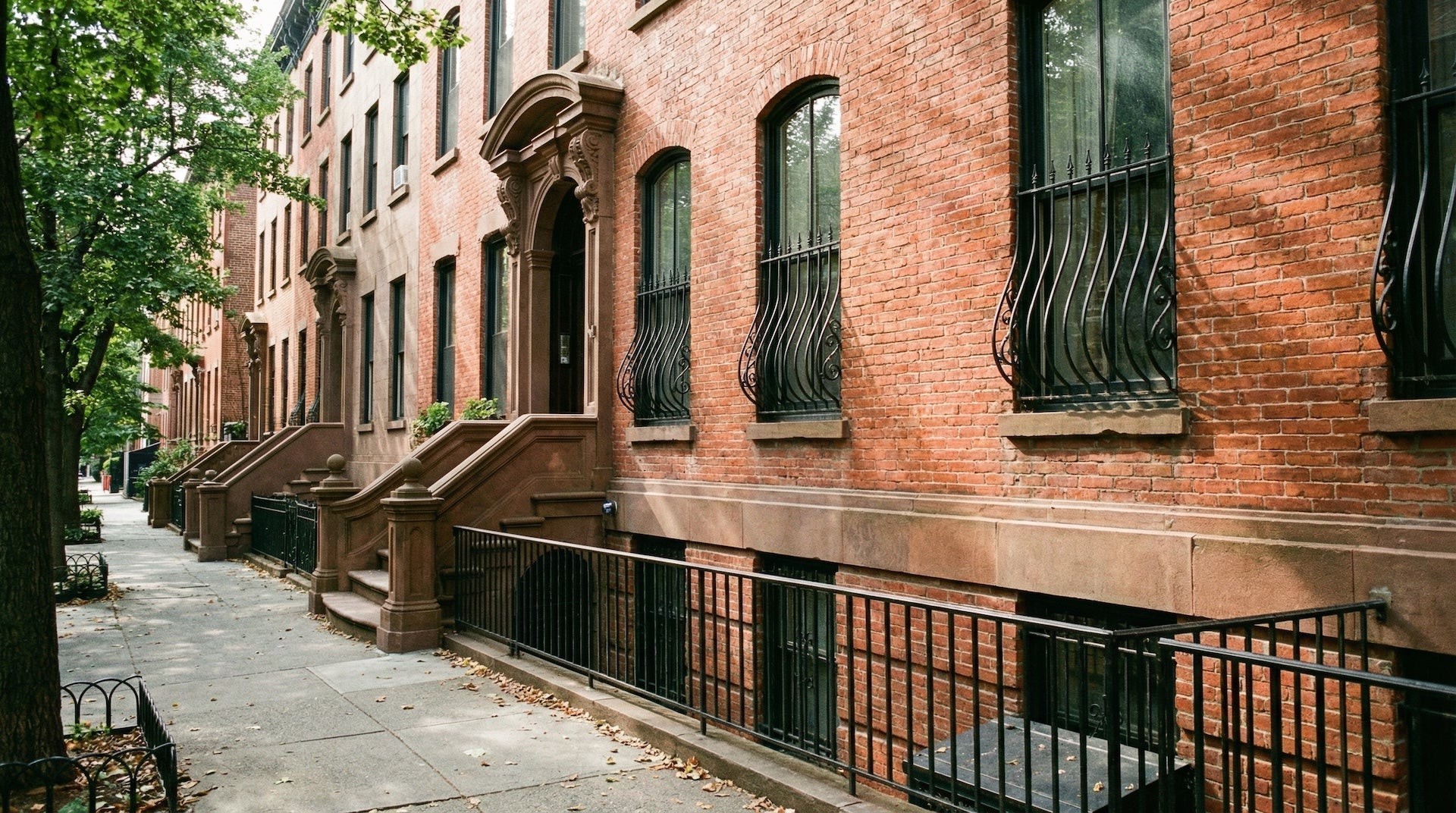Reclaimed bricks and new bricks differ in several ways, particularly in appearance, durability, environmental impact, and cost.
Here’s a closer look at these differences:
1. Appearance and Character
| Reclaimed bricks |
New bricks |
|
These bricks have a naturally aged, weathered look with variations in color, texture, and markings from their previous use, which gives them unique character. They often show chips, irregularities, and patina that reflect their history, making them ideal for projects aiming for a rustic, historic, or industrial style.
|
New bricks are uniform in color, size, and texture, with a cleaner, more polished look. They offer consistency and can be chosen in a range of colors and finishes but lack the historical charm of reclaimed bricks.
|
2. Durability and Quality
| Reclaimed bricks
|
New bricks
|
|
Many reclaimed bricks come from structures built with high-quality clay and manufacturing techniques that made them highly durable. If they have survived demolition, they are generally strong and able to withstand various weather conditions, though they may have slight wear.
|
The durability of new bricks can vary depending on the type and quality. Modern bricks are often manufactured with precise standards for strength and uniformity, but some may not be as durable as reclaimed bricks made in older, traditional kilns. However, advancements in manufacturing allow for new bricks that are highly resistant to frost and cracking.
|
3. Environmental Impact
| Reclaimed bricks
|
New bricks
|
|
Reclaimed bricks are an eco-friendly option because they are repurposed instead of newly manufactured, reducing the demand for raw materials and energy. Reusing these bricks helps minimize landfill waste and carbon emissions, making them a sustainable choice.
|
Manufacturing new bricks involves mining, firing in kilns, and transportation, which consumes energy and resources and creates emissions.
|
4. Cost
| Reclaimed Bricks
|
New Bricks
|
|
Reclaimed bricks tend to be more expensive than new bricks due to the labor involved in salvaging, cleaning, and transporting them. Their unique look and environmental benefits often justify the higher price for many buyers, especially for decorative or high-profile projects.
|
Generally more affordable, new bricks come in a variety of price points, depending on quality and type. They are readily available and can be purchased in large quantities, which is often more cost-effective for projects that require many uniform bricks.
|
5. Historical Value
| Reclaimed Bricks
|
New Bricks
|
|
Sourced from historical buildings, streets, or landmarks, reclaimed bricks can add a sense of history and authenticity. They’re often chosen to preserve a historical aesthetic or to create an authentic, vintage look in modern structures.
|
While some new bricks are made to look aged or weathered, they don’t carry the same genuine history as reclaimed bricks.
|
What do we think?
Pick reclaimed bricks for their unique blend of history, character, and sustainability. Unlike new bricks, reclaimed bricks offer a timeless aesthetic with rich textures and weathered tones that add warmth and charm to any space for the next centuries. They’re also an eco-friendly choice, reducing waste by repurposing materials from historic sites. Durable and versatile, reclaimed bricks are perfect for creating one-of-a-kind patios, fireplaces, or walls with a story to tell.
About the author
Alkis Valentin is the founder of Chief Bricks and a specialist in reclaimed brick, cobblestone, and natural stone for high-end residential and landscape projects nationwide.








Share:
Exploring History at the Haverstraw Brick Museum
Design Trends: Modern Landscapes with Granite Steps